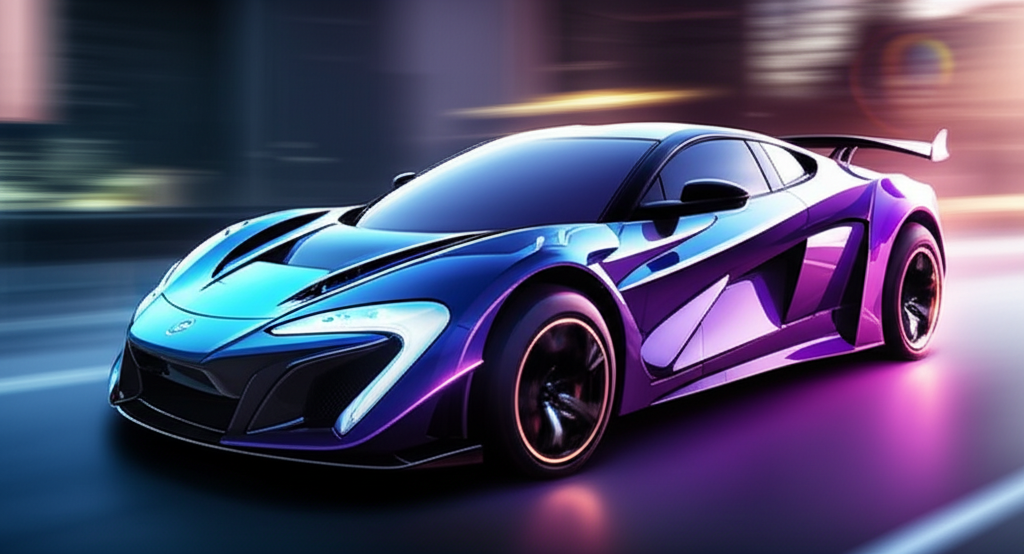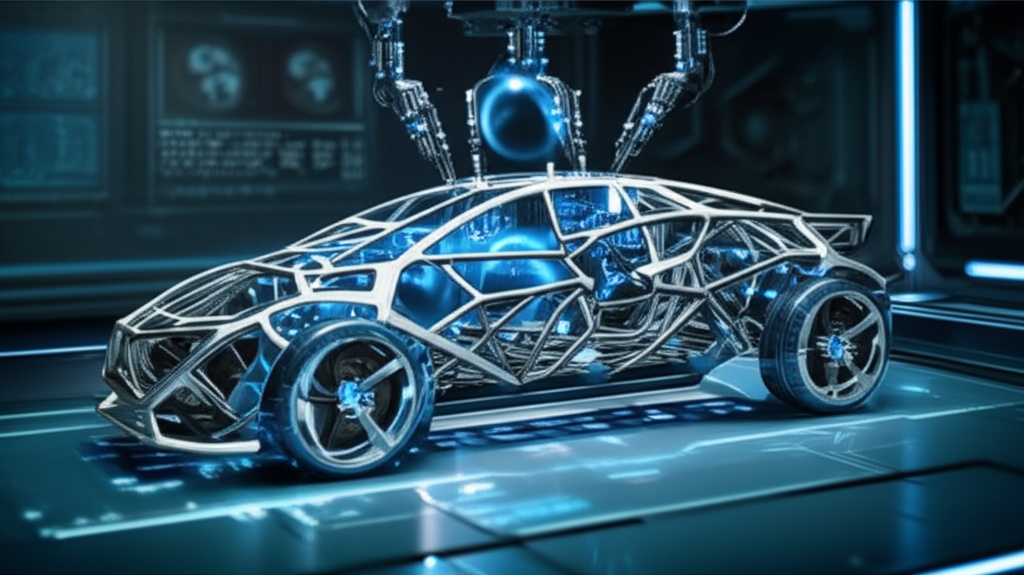Metamorphic Vehicles: The Art of Infinite Transformation
Advanced nanotechnology enables vehicles that can completely reshape their form and function, adapting to any transportation need through programmable matter and molecular engineering.

The ultimate expression of adaptive transportation has arrived. Metamorphic shapeshifting vehicles represent the pinnacle of nanotechnology and materials science, creating transportation that can transform into any configuration needed for optimal performance in any environment or situation.
Programmable matter forms the foundation of metamorphic vehicles, using billions of nanoscale robots that can rearrange themselves into any desired shape or structure. These nanobots communicate through quantum entanglement networks, coordinating their movements to create seamless transformations between different vehicle configurations.
The transformation process occurs through controlled molecular disassembly and reassembly. Vehicle components dissolve into their constituent nanobots, which then flow like liquid metal to new positions before solidifying into completely different structures. A car can become an aircraft, submarine, or even a building within minutes.
Smart materials with programmable properties enable metamorphic vehicles to adapt their characteristics in real-time. Density, flexibility, conductivity, and even color can be modified instantly based on operational requirements. The vehicle becomes whatever form is most efficient for current conditions.
Neural control systems allow drivers to command transformations through thought alone. Brain-computer interfaces interpret the desired vehicle configuration and coordinate the billions of nanobots required for transformation. The process feels as natural as moving one's own body.
Energy systems adapt along with vehicle form, with power generation and storage components reconfiguring to match current needs. Solar collectors can transform into propulsion systems, while batteries reshape into structural elements, maximizing efficiency for each operational mode.
Safety protocols ensure that transformations never compromise passenger protection. Emergency lockdown modes can instantly freeze the vehicle in its current configuration, while escape pods formed from nanobots can separate from the main vehicle during dangerous transformations.
Environmental adaptation reaches unprecedented levels as metamorphic vehicles optimize their form for specific conditions. Desert configurations maximize cooling and sand resistance, while arctic modes provide insulation and traction. Ocean forms feature hydrodynamic efficiency and pressure resistance.
Manufacturing becomes obsolete as metamorphic vehicles can create any needed component from their existing nanobots. Spare parts, tools, and even temporary structures can be formed on demand, making these vehicles completely self-sufficient for extended operations.
The social implications are profound as metamorphic vehicles eliminate the need for multiple specialized vehicles. A single metamorphic vehicle can serve as personal transportation, emergency shelter, mobile workshop, and recreational equipment, fundamentally changing how humans interact with their environment.
Related Articles

Nano Swarm Vehicles: Self-Assembling Transportation Clouds
Revolutionary nanotechnology creates vehicles from billions of coordinated nanobots that can form any transportation configuration and adapt in real-time to changing conditions.

Molecular Assembler Vehicles: Building Transportation Atom by Atom
Advanced molecular assembly technology creates vehicles by precisely positioning individual atoms, enabling perfect materials and impossible designs.

Phoenix Resurrection Vehicles: Self-Rebuilding Transportation
Revolutionary nanotechnology creates vehicles that can completely reconstruct themselves from any level of destruction, achieving true immortality through continuous regeneration.